Features
Lens
Consumer Culture: Portraits of Iranians in the Shops
Italian photographer Thomas Cristofoletti traveled to Iran where he captured Iranians in both traditional bazaars and Western-style supermarkets and malls. Cristofoletti's photographs show us both the timeless, local dimension of Iranian consumerism as well as its modern, Westernized manifestation.
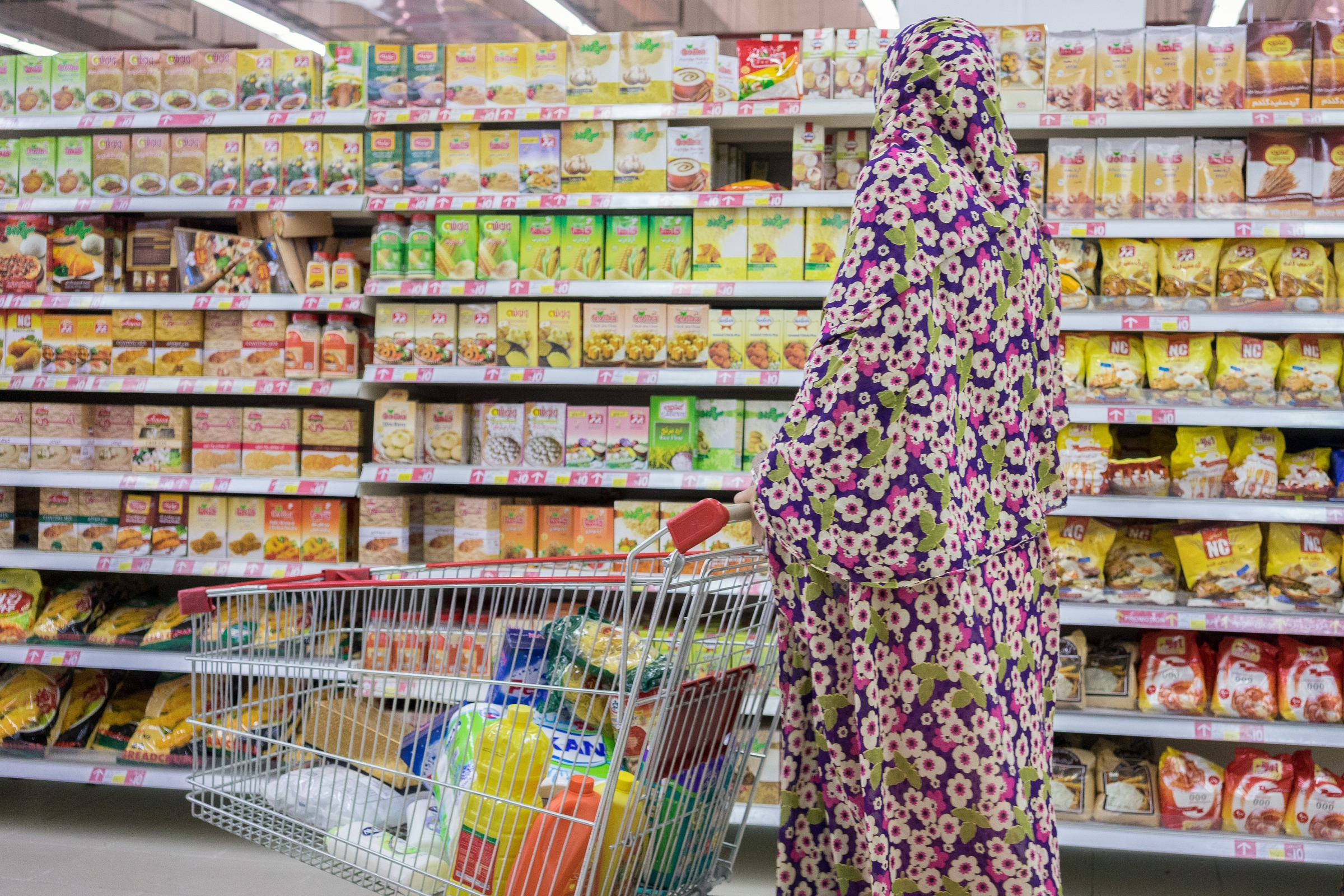
A woman shops at Hyperstar, a highly successful hypermarket brand introduced by French firm Carrefour in partnership with Majid al Futtaim, a Dubai-based conglomerate. Hyperstar locations typically anchor larger mall developments, in this case the Persian Gulf Complex, a huge mall in the outskirts of Shiraz.
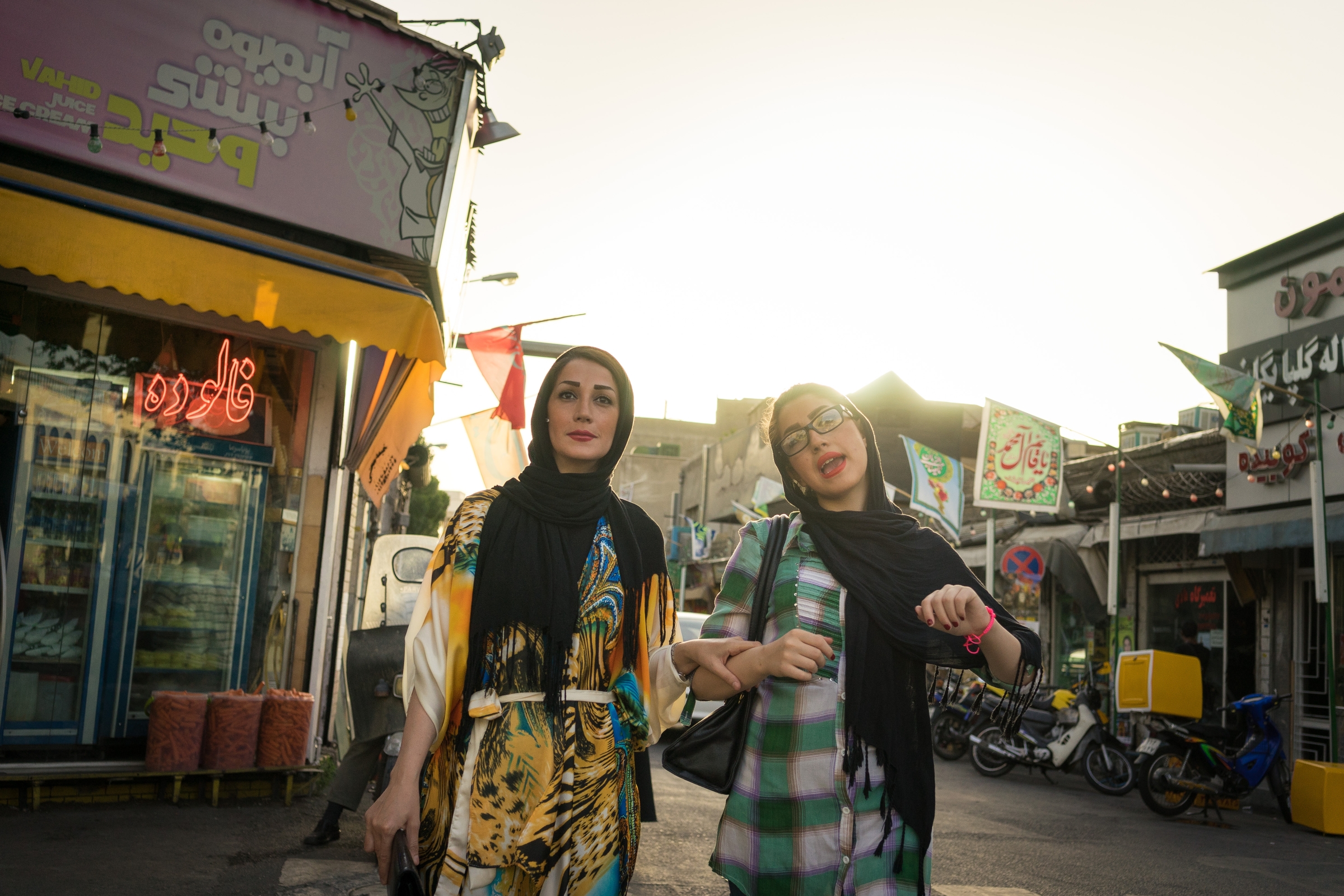
Two young women shop in the streets of Tehran.
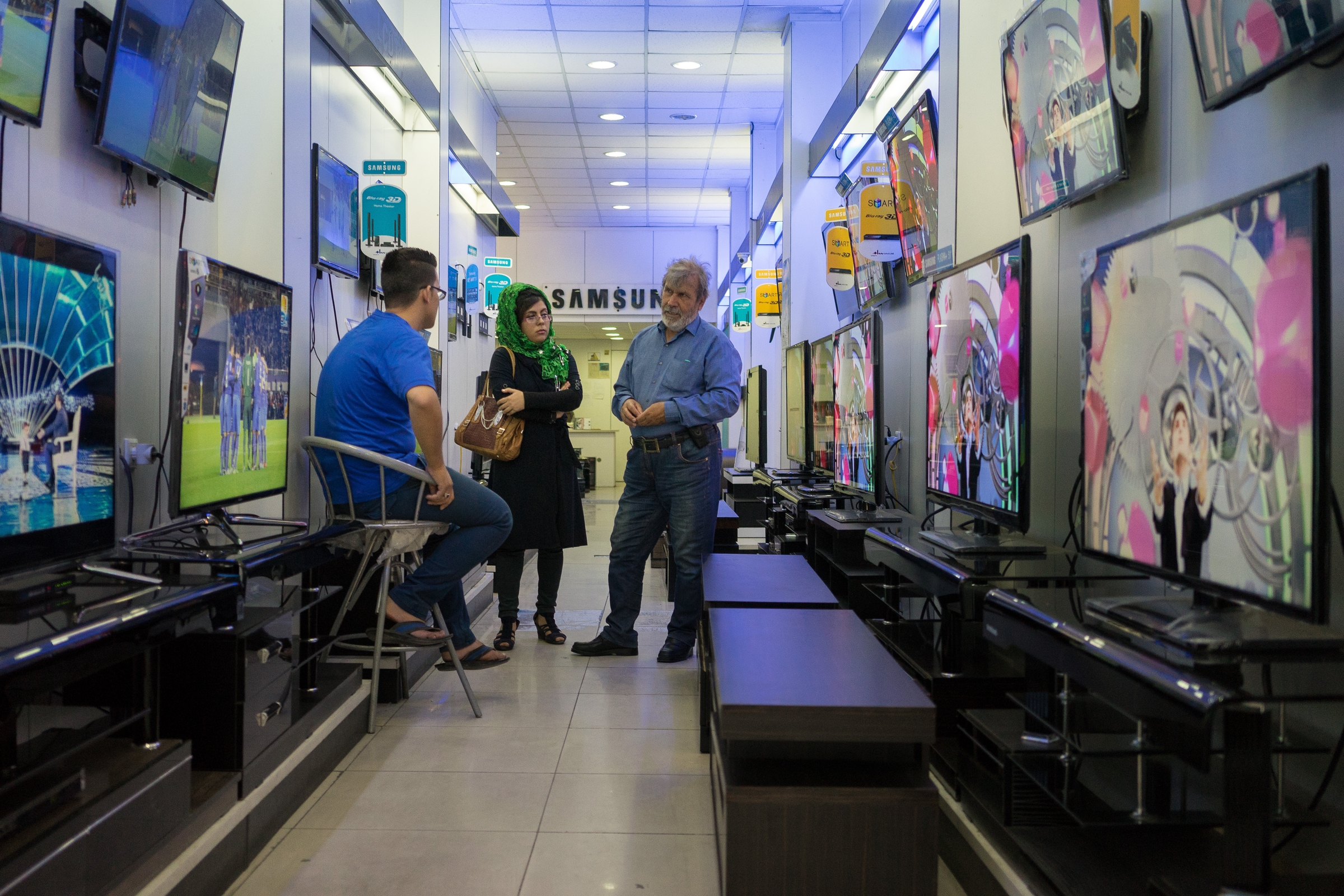
Samsung has emerged as the clear leader in Iran's consumer electronics market. It has overtaken Nokia in the mobile phone market and Panasonic in the television market following an aggressive push to bring a branded store experience to Iran.
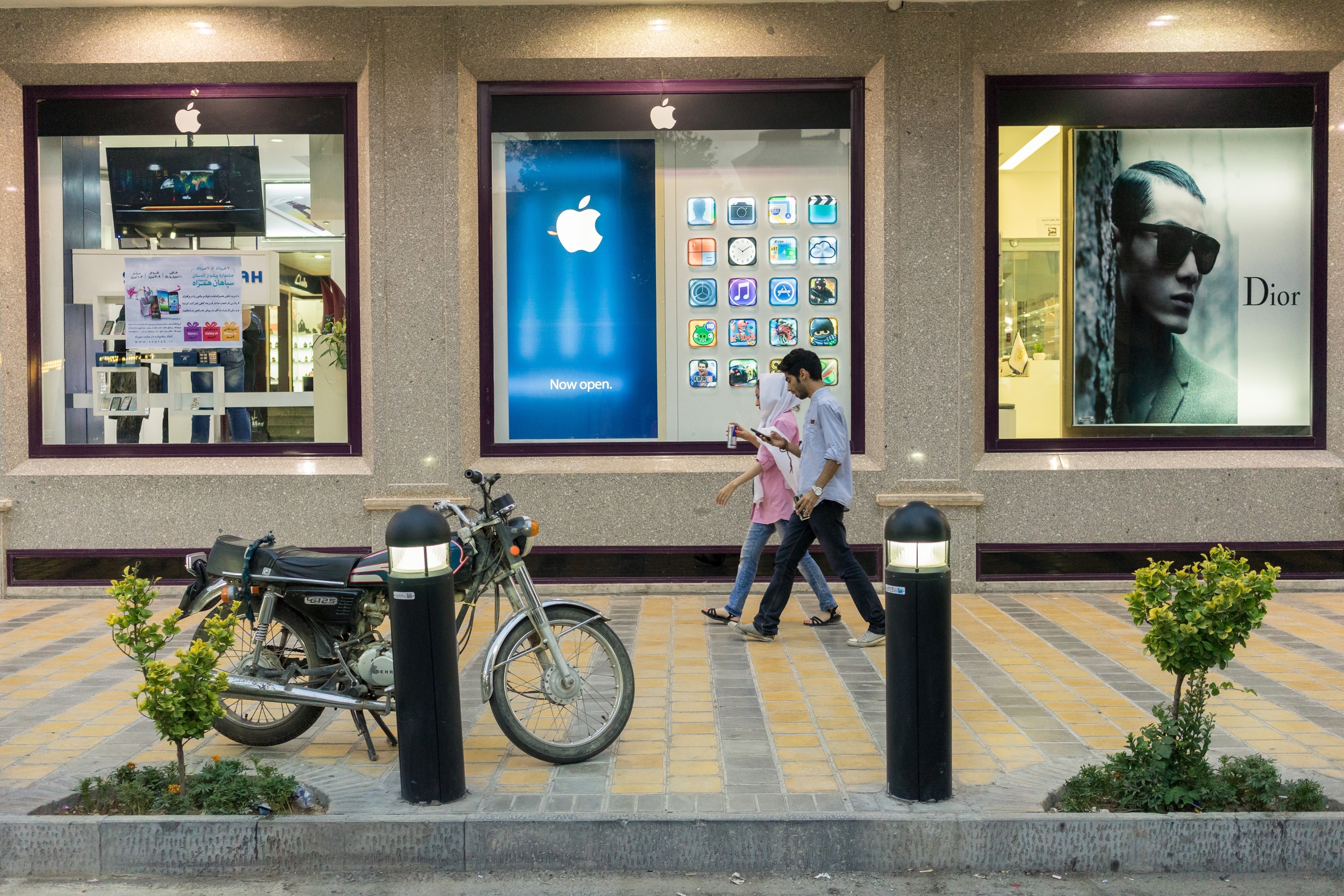
Unofficial Apple retailers are ubiquitous in Tehran, and the popularity of the iPhone in the country has fueled rumors that Apple is seeking to enter Iran officially through a local agent. At the moment, Apple branded products, like many luxury goods, enter Iran as "grey-market" imports.
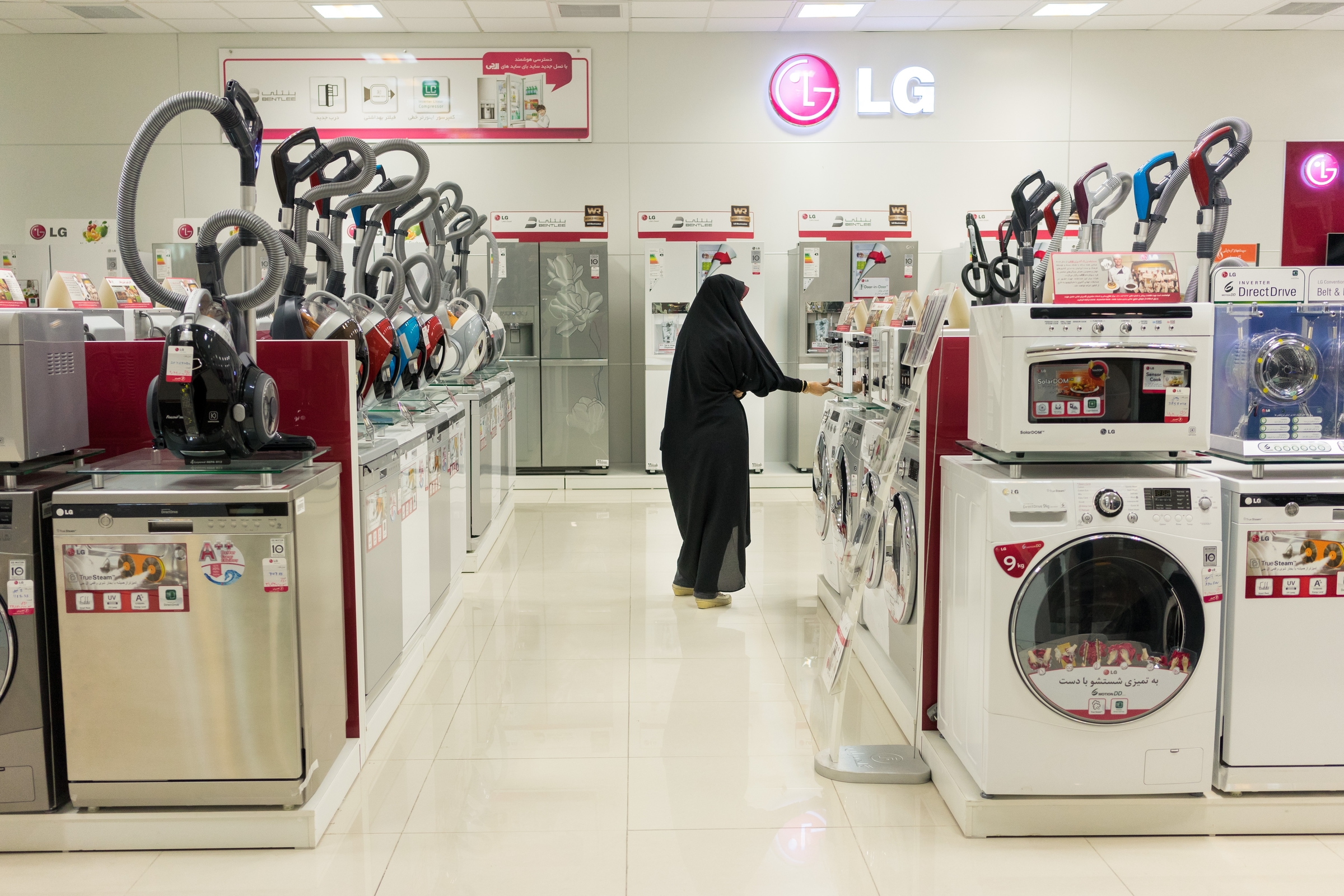
An Iranian woman shops for appliances at the Isfahan City Center Mall, Iran's largest. Foreign appliance manufacturers such as Korea's LG have come to dominate Iran's market. Iran's domestically produced Arj brand ceased operations this year after 80 years of business.
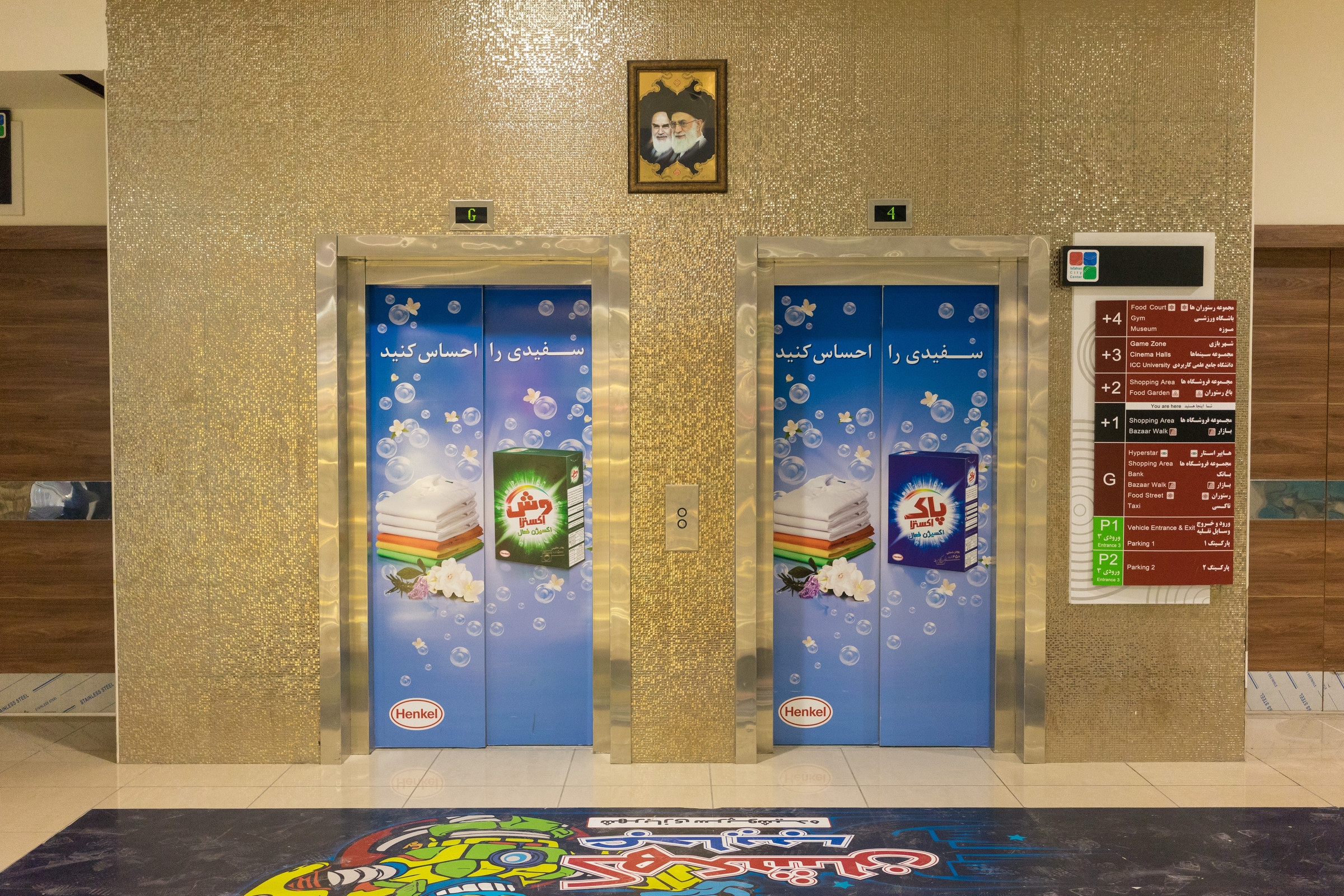
Two elevators in Isfahan City Center mall advertise "Pak," a popular local detergent brand manufactured by Germany's Henkel. Henkel gained an Iranian subsidiary, Henkel Pakvash, through the acquisition of Iran's Pakvash Company in 2002. The company's shares are now traded on the Tehran Stock Exchange.
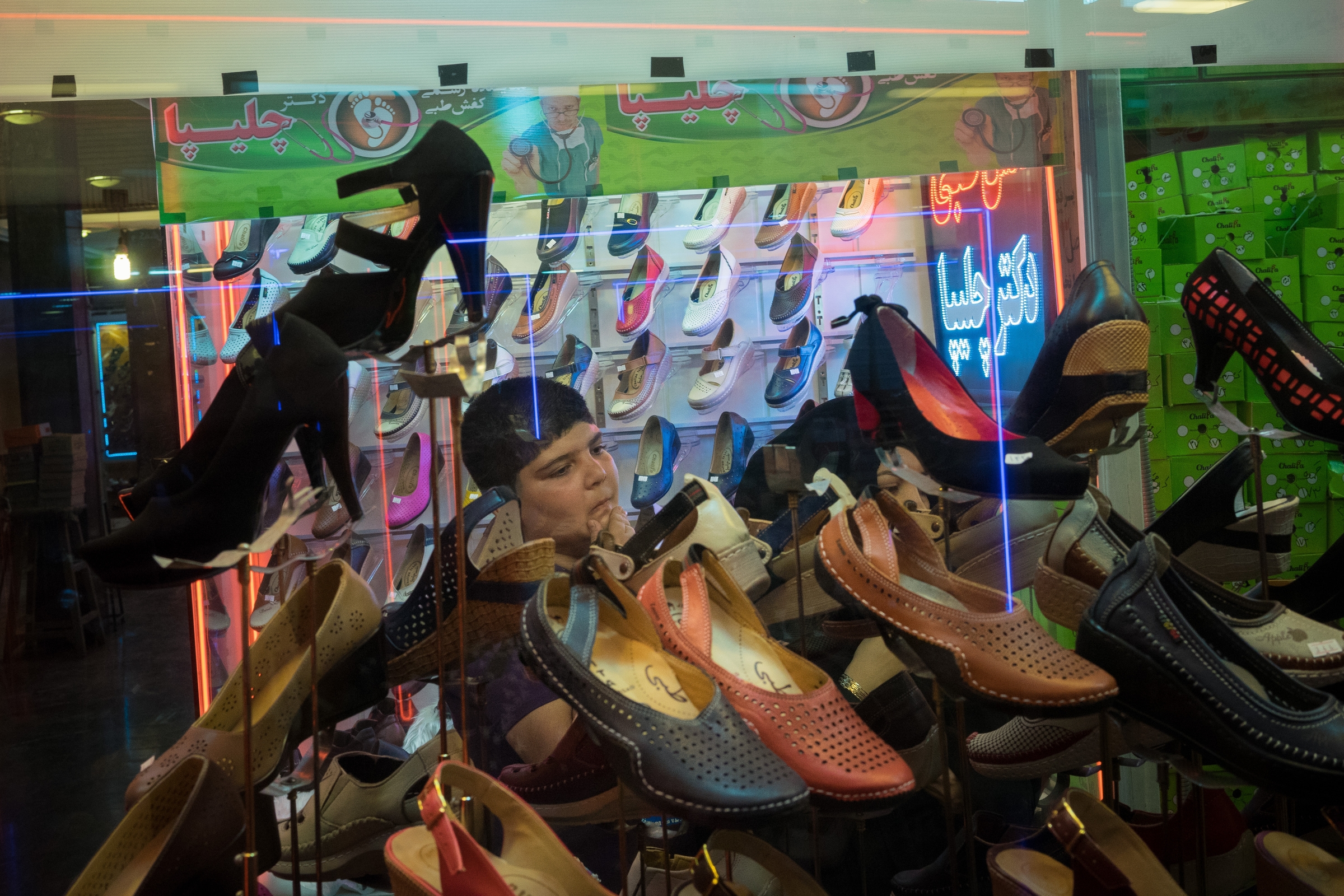
A boy evaluates shoes in a shop window in Esfahan.
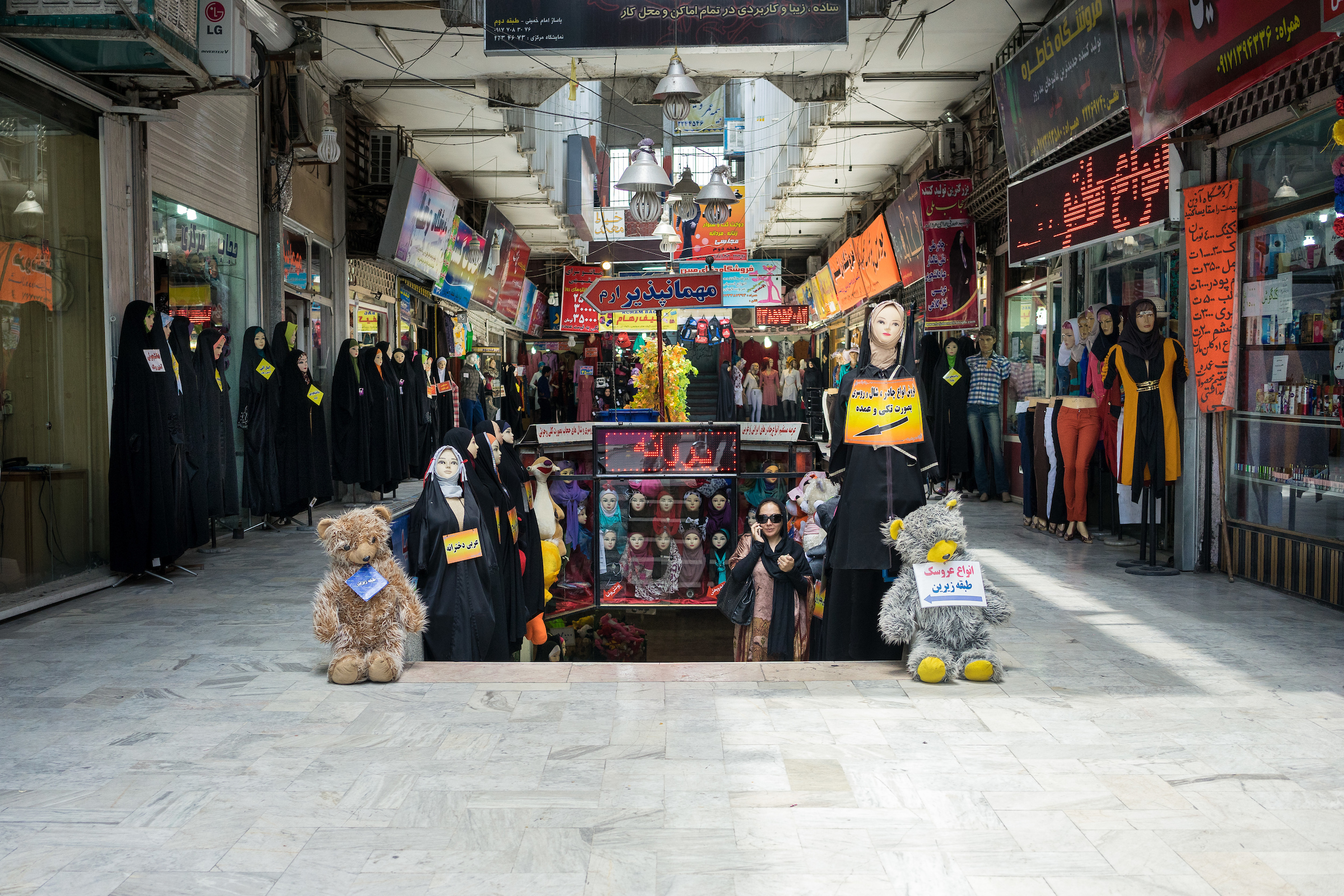
A view of an old shopping arcade selling women's clothing in Shiraz.
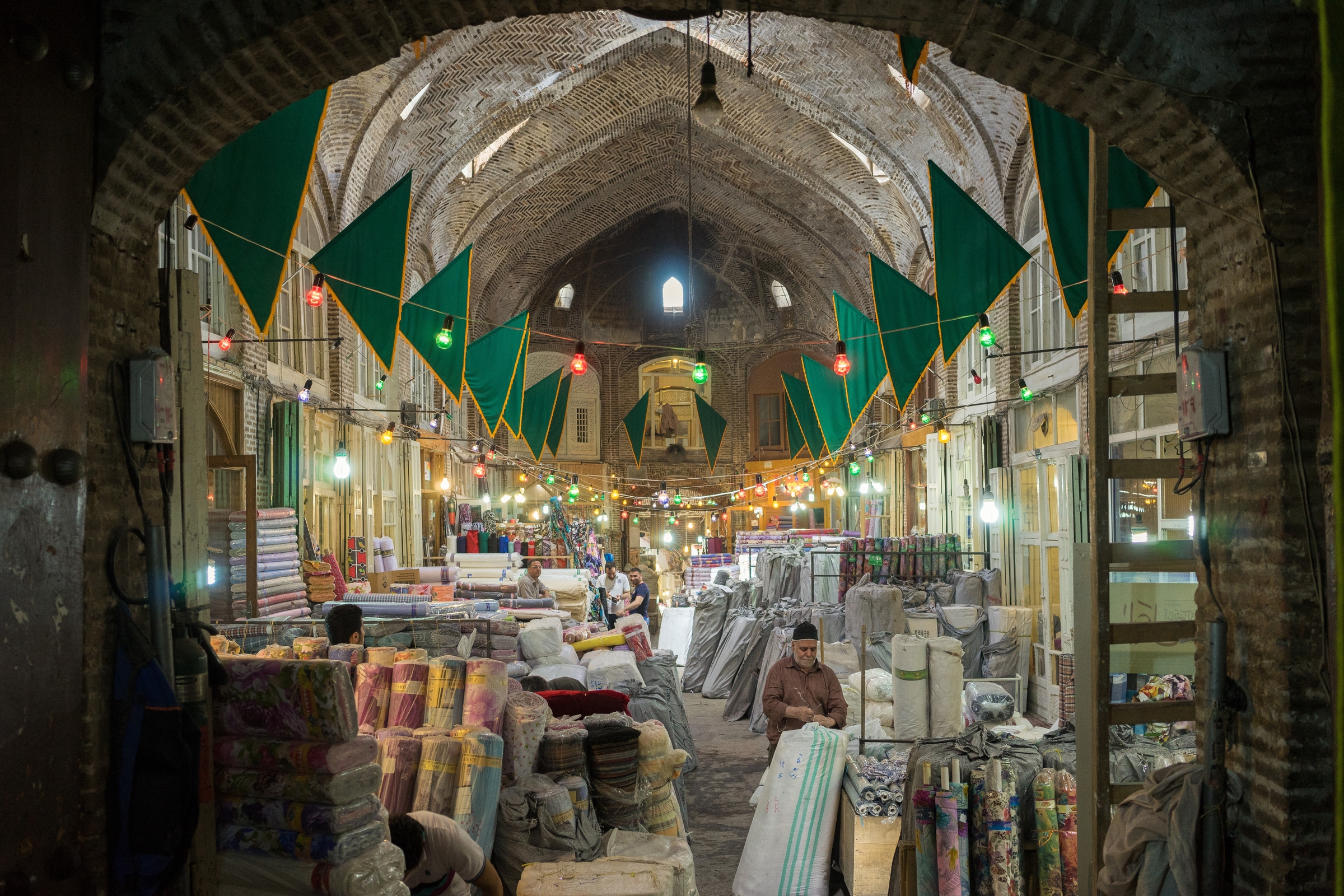
A view of the traditional Iranian bazaar where may Iranians still choose to shop each week. The unique shopping experience in the bazaar, underpinned by personal relationships between the shopkeeper and the consumer, is threatened by the growing popularity of Western-style malls.
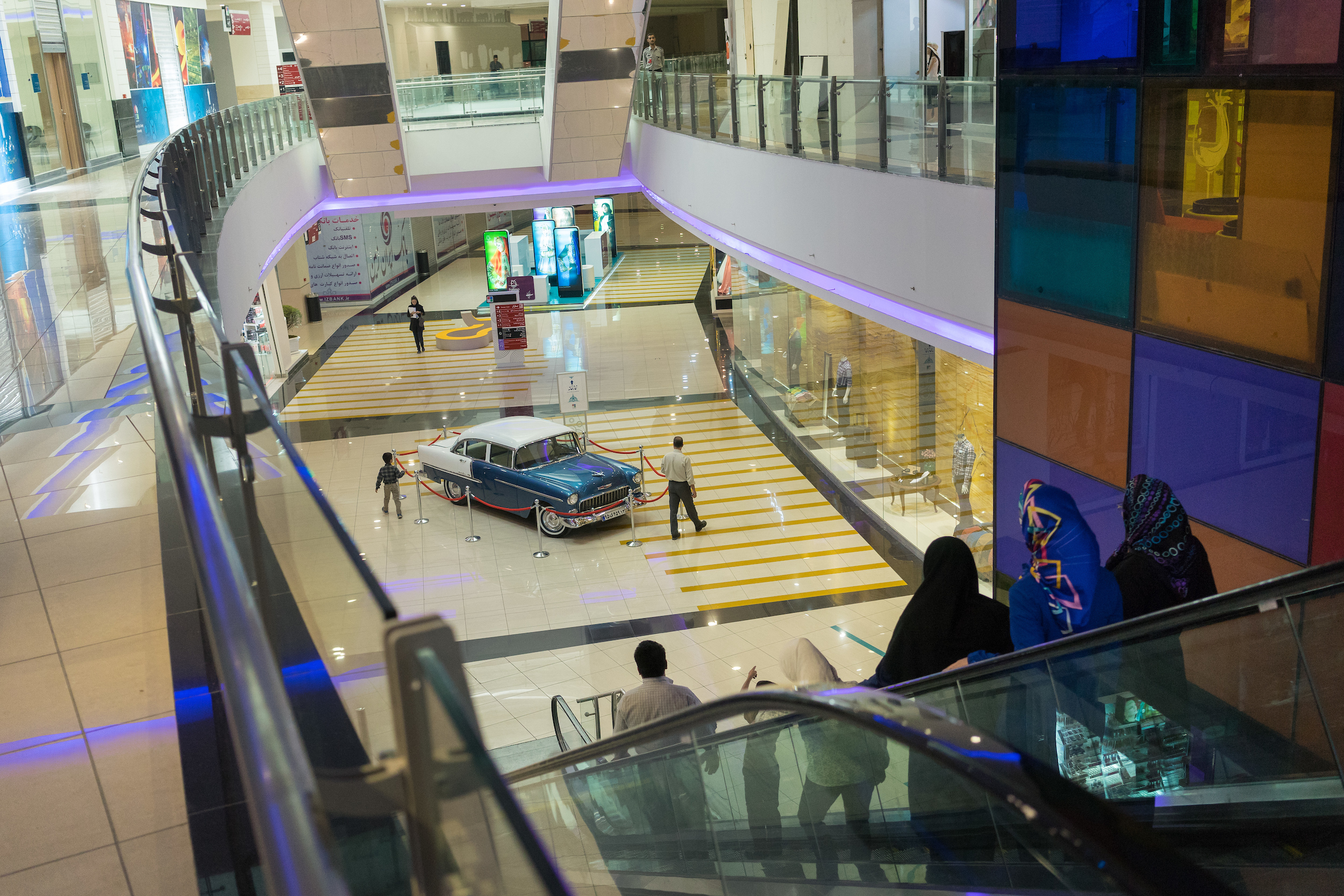
A view of Isfahan's City Center Mall, Iran's largest. These malls are designed to offer the same range of shopping and leisure experiences as the malls in Dubai, which has been a popular destination with middle class Iranians for the past decade. Traveling to Dubai gave many Iranians their first taste of Western-style malls, and developers have sought to bring the same retail experiences to Iran.
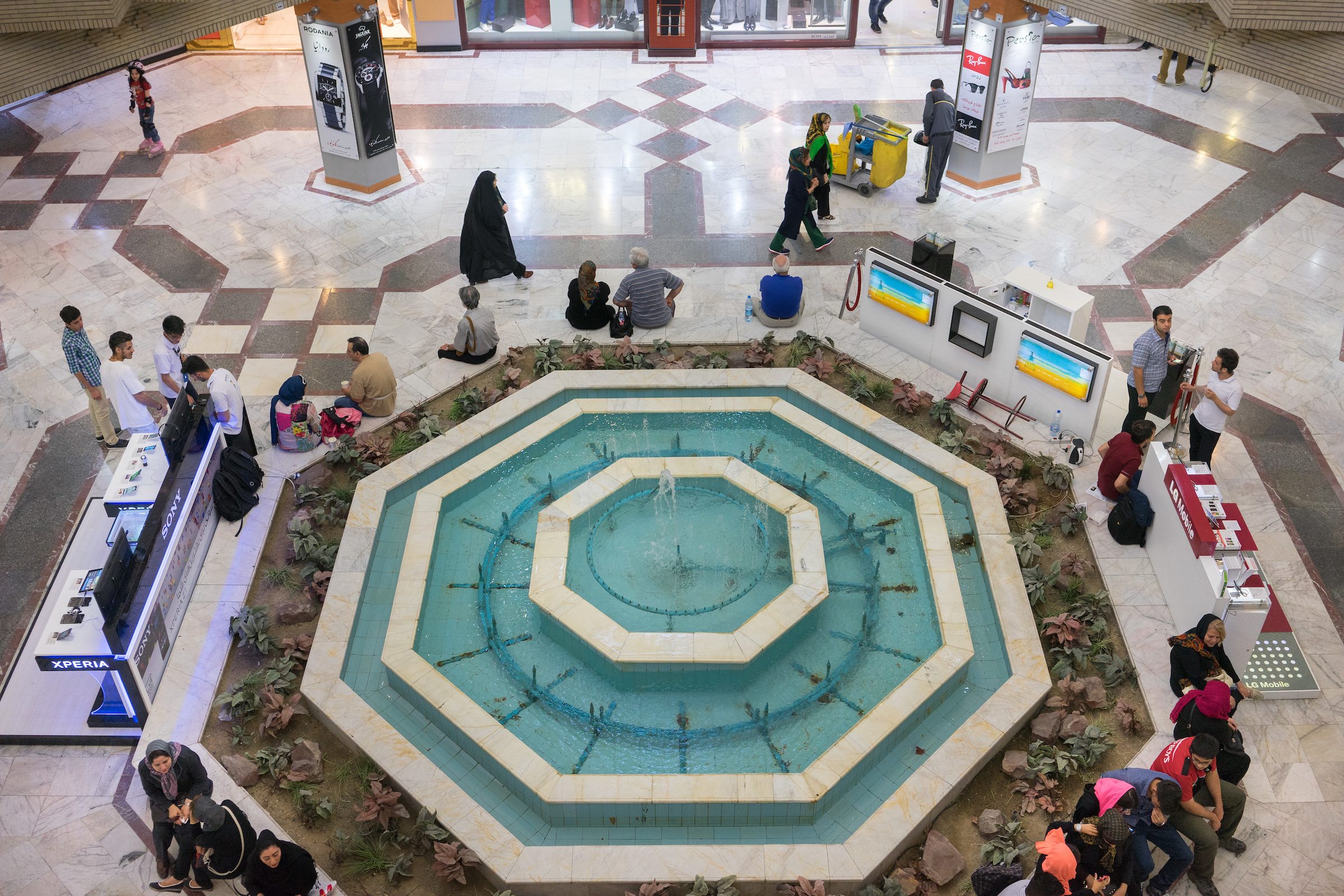
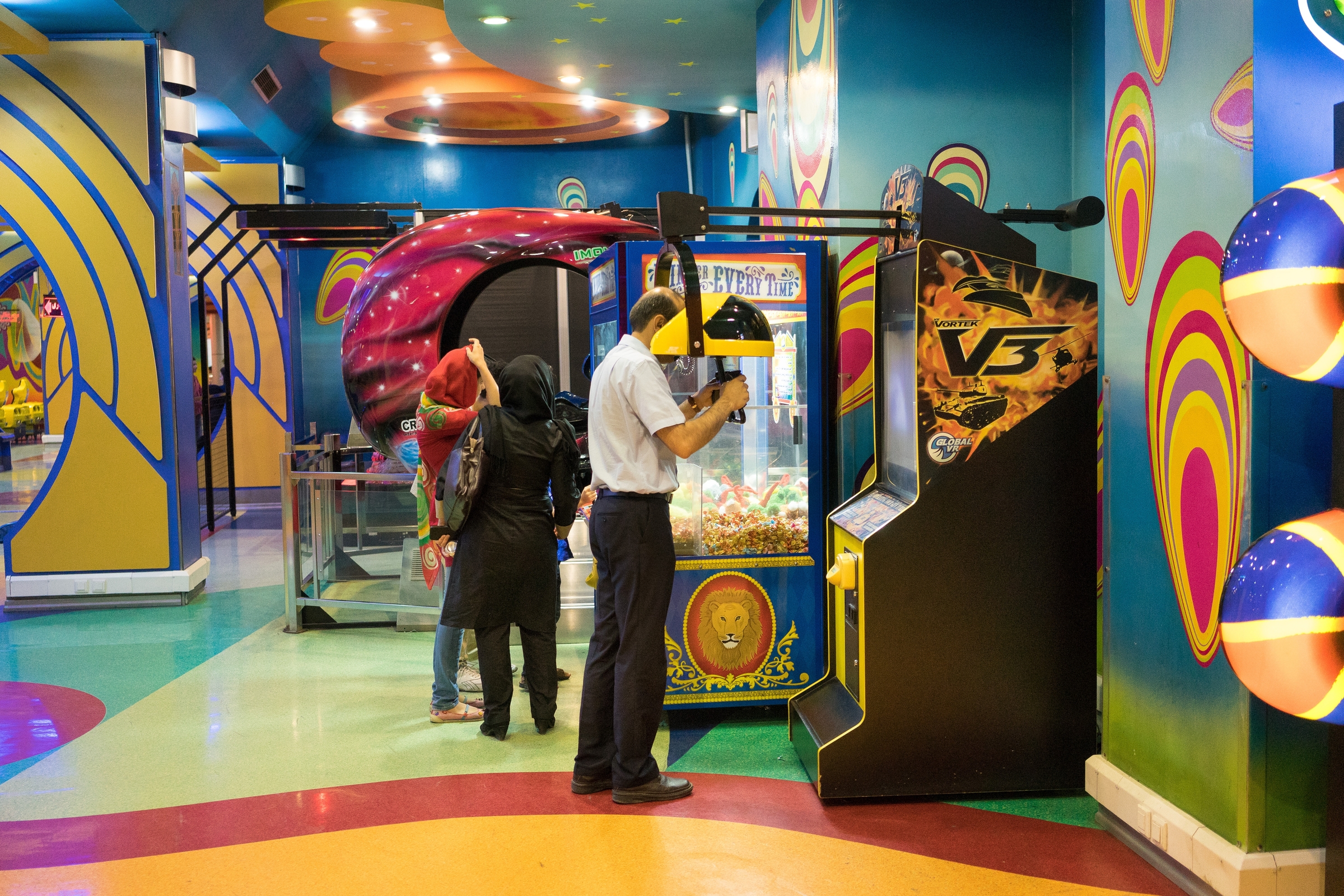
A man plays a video game at a mall in Shiraz. Such arcades are a common feature of malls, as they increase the amount of time customers spend in the facility, boosting food and retail sales.
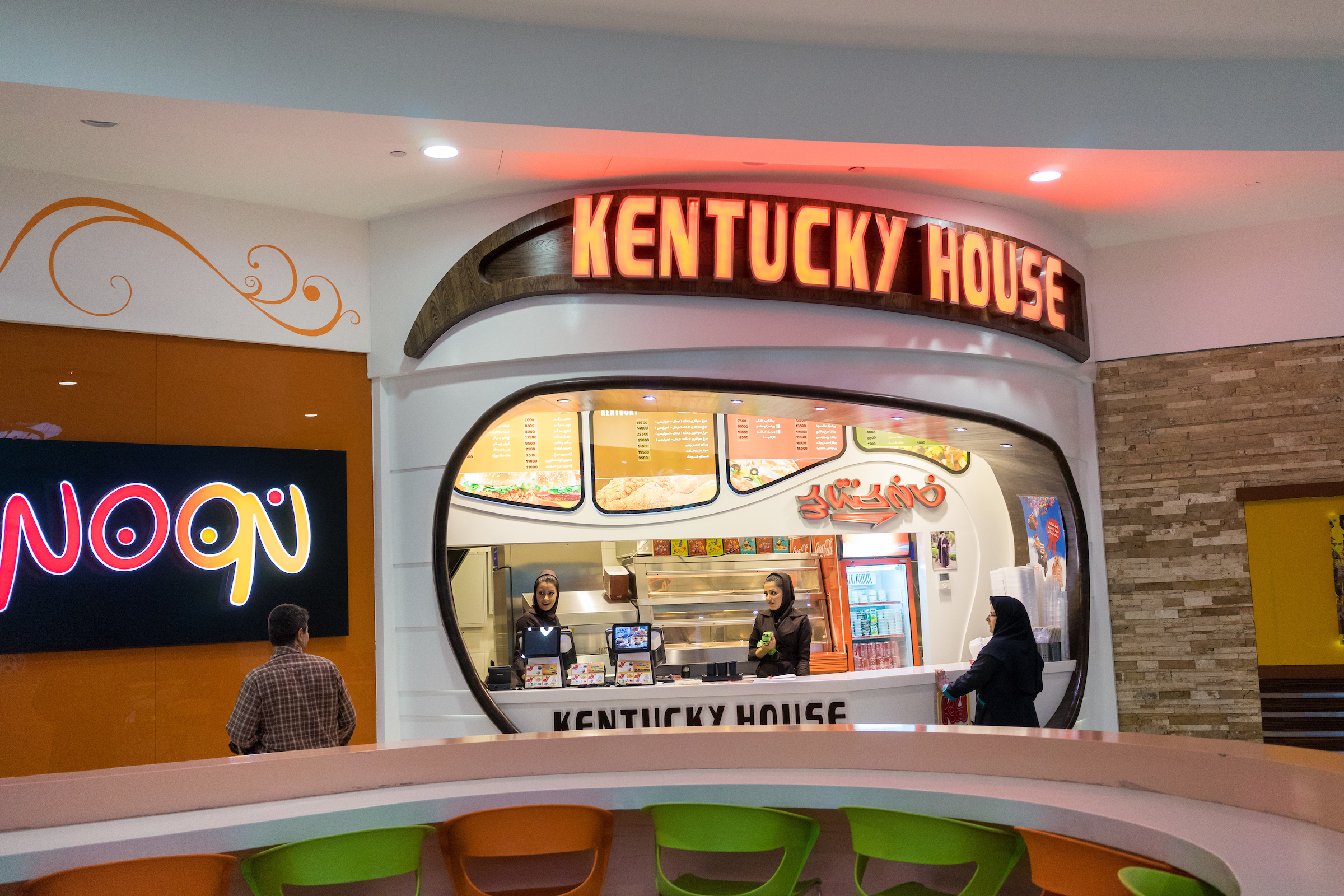
Fast food is increasingly popular in Iran, but no major international brands have established franchises in the country. Local brands mimic popular franchises, in this case an homage to Kentucky Fried Chicken (KFC).
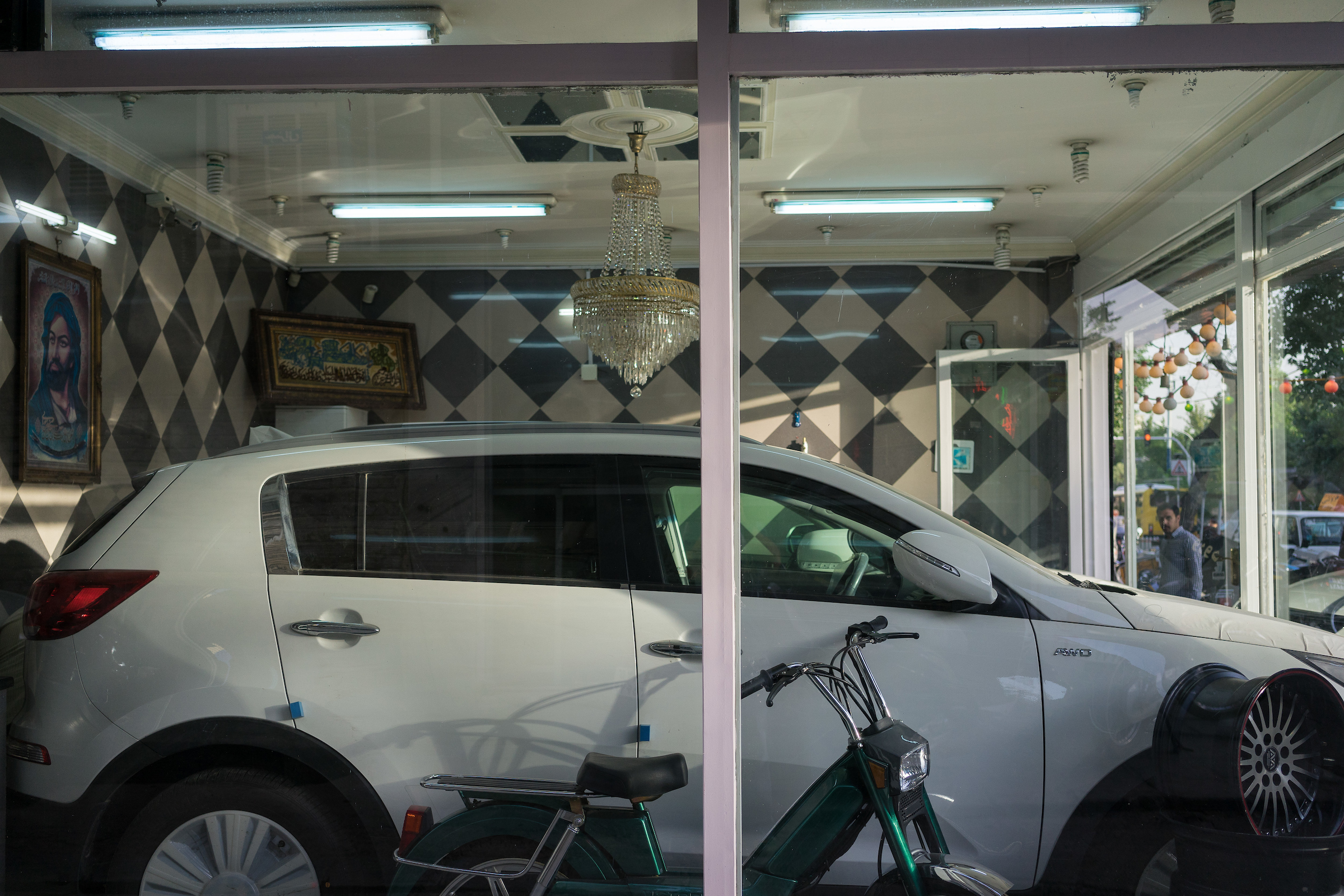
A small shop sells a late-model car in Tehran. Many of the newer, foreign cars on Iran's streets were imported to the country by individuals dealers and sold through such small shops with limited inventory. Following the lifting of sanctions, foreign manufacturers are now working with official agents to establish dealer networks in the country with full after-sales services.
